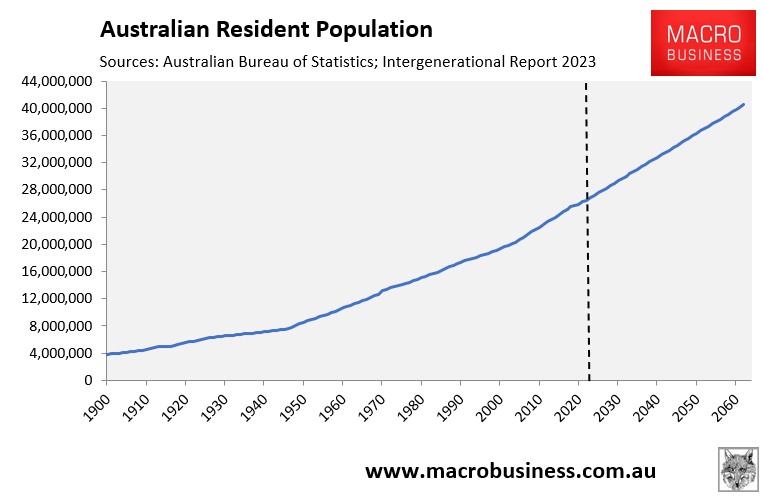The Housing Industry Association (HIA) says planning approvals will need to be streamlined if the federal government’s target of building 1.2 million homes in the five years from mid-2024 is to be achieved.
The HIA has forecast that just over one million new homes will be built over five years unless approvals are fast-tracked, labour supply in the construction sector is increased and taxes on new homes are reduced.
The HIA and Master Builders Australia (MBA) have also warned that any changes to the negative gearing regime would make it harder to achieve the target.
“If you tax something you will get less of it”, HIA chief economist Tim Reardon said.
“Increasing taxes on housing, whether its investors, first-home buyers or foreign investors, every time you do that will get you less houses. Increasing tax under any guise will make the problem worse”.
“In order to achieve 1.2 million, there will need to be substantial policy reform, which leads to lower cost for land (and) lower construction costs. Inherent in that is lower tax imposts and improved regulatory system”, Reardon said.
The HIA and MBA are talking their own books here. The reality is that there are tens-of-thousands of homes across the nation that have been approved, but construction hasn’t begun.
This tells us that factors other than “planning” are behind the slump in construction, namely high interest rates, soaring materials costs, labour shortages, and widespread builder failures.
Ultimately, builders will only build when it is profitable to do so and there is adequate buyer demand. In the current environment, both ingredients are missing.
Relaxing planning rules, therefore, won’t magically bridge the gap between supply and demand, especially when the federal government has committed to growing the nation’s population like a lab experiment through mass immigration:

Official projections have Australia’s population swelling to 40.5 million people by 2062-63, with most of this growth occurring in the major capitals of Sydney and Melbourne, which will grow to around nine to ten million people each:

This extreme population growth will require the construction of around 5.5 million additional dwellings (accounting for knock-downs and rebuilds), which is an impossible task.
Yes, the Albanese government’s 1.2 million homes target has little prospect of being achieved. The HIA and MBA are right on that.
Australia’s future housing construction will also be dominated by low-quality high-rise dog boxes, like the defective apartments built last decade. Is that what we want?
Rather than trying (and failing) to keep up with the federal government’s population Ponzi scheme, the sensible solution is to lower net overseas migration to sensible pre-2005 levels of below 120,000 a year.
Doing so would relieve the pressures on housing, infrastructure, water supplies, etc., while also improving living standards in our major cities.
Why create problems in the first place by running one of the world’s biggest immigration programs that most Australians do not support?

